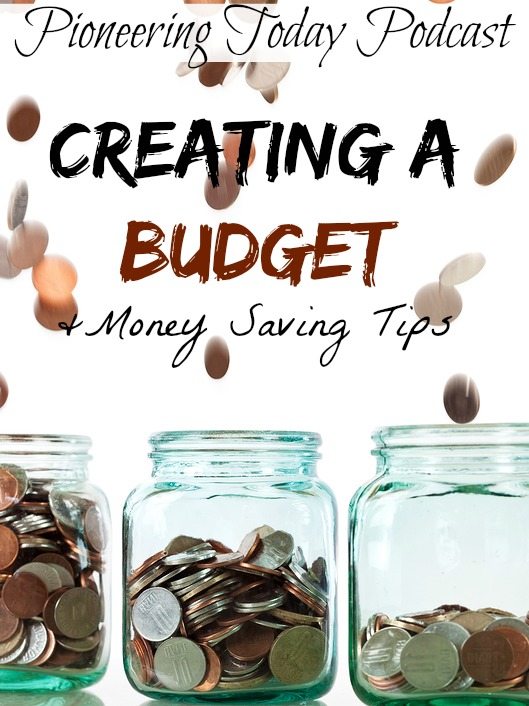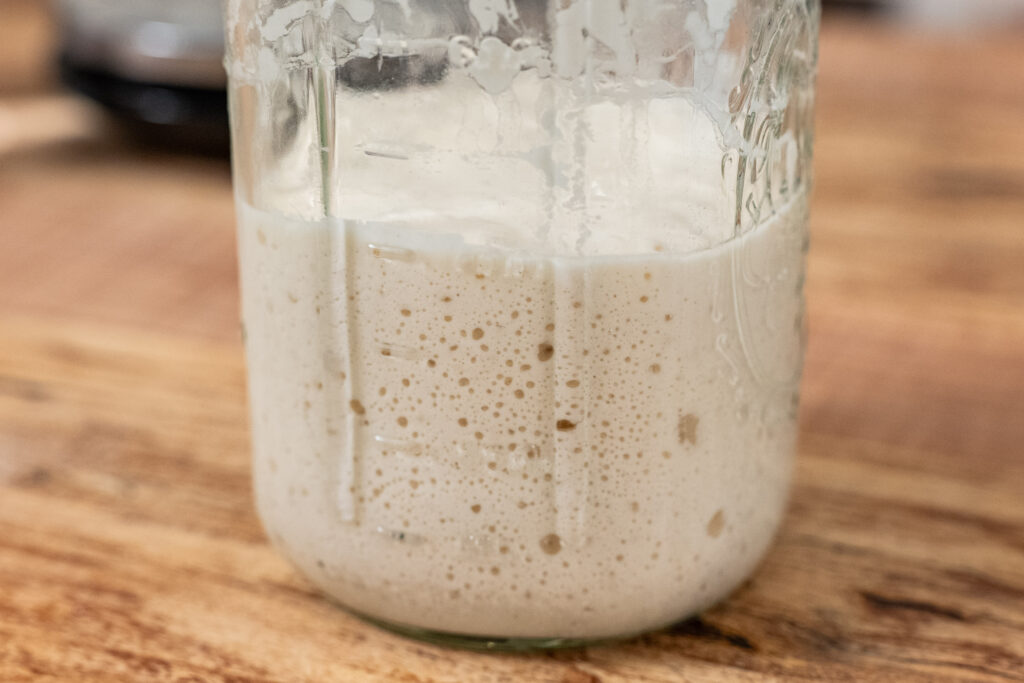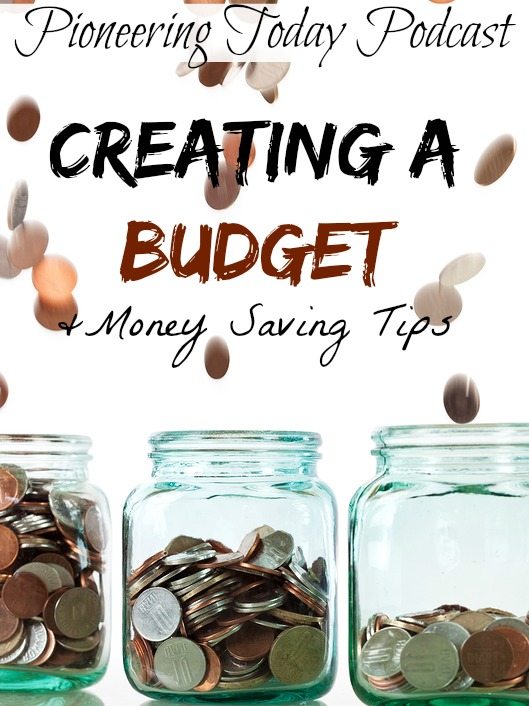
How to create a budget for your homestead. While creating a self-sustainable lifestyle can help you live more frugally and cut store bought expenses, it can also cause livestock costs, or other unforeseen expenses. Creating a budget is crucial for the well-being of your homestead and building up a savings account. Not to mention it can help you sleep at night instead of worrying over where you’ll find money or how you’ll make ends meet.
I post new episodes every other Friday morning. You can subscribe via RSS and receive every episode for free.![]()
Or subscribe via Itunes

🍞 Struggling With Sourdough?
If your starter won’t take off, your loaves are dense and hard, or sourdough just flat-out overwhelms you…
👉 I’ll show you how to fix all of it.
Join my FREE live workshop and learn how to make a bubbly, active starter—the right way, from Day One.
🗓️ Jan 12 @ 1pm PT
Reader question of the week: If you’re canning half pints in a pressure canner can you stack the jars?
Answer: Only if you have a rack that separates the layers of jars in a pressure canner, not a water bath canner (because an inch of hot water must cover each jar). The hot air must be able to circulate all the way around the jars.
1. Write down your expenses on paper. You’ll be surprised at what your bills really are when all of them are listed together in one place. I just used a piece of notebook paper, but you can use a spreadsheet or computer document.
2. Track expenses for an average of 2 months or more. Some bills come every other month, like our power bill. Be sure you go back several months to ensure you don’t miss any expenses that may not come monthly. I went back a full year and averaged out our power bill for a monthly total.
3. Include gas and tithing amounts, things that are a set amount every month. I include our tithing and gas in our monthly budget. Gas for back and forth to work, church, and normal errands is figured in. Gas for special trips comes from our weekly cash amount. I don’t put groceries into the set funds, but it comes from our cash amount each week. Groceries is one area we can all cut back on or alter for certain weeks when we need to.
4. Include children in the budgeting process. When we started our budget, we let the kids know we wouldn’t be doing certain activities if they didn’t fall into the spending for the week. Kids need to know why certain things will be cut back on and if they make a choice to do one thing, it means not being able to do something else later on. It’s good for kids to learn healthy finance choices and be a part of the family and solution.
5. Use cash to keep yourself accountable. While we have a set amount we can spend on groceries, entertainment, or any extra expenses, each week, we both know how easy it is to not keep track of receipts or put it on the card. If you have cash, once it’s gone, it’s gone. It’s also a little harder to put cash down for something than it is to put it on a card.
6. Keep an inventory of your supplies on hand, including clothes. You might be surprised at what you’ve forgotten you already have. I found our kids had enough clothes to start school without purchasing new outfits. We bought each child one pair of shoes, because both of their tennis shoes had holes in them. When going through our food storage, I discovered an extra bag of sugar.
7. Purchase clothes at the end of a season and on clearance racks for a year ahead. Not only can you get clothes extremely cheap, but you’ll be prepared by buying a year ahead. I purchase next year’s summer clothes for my kids now. That way,I get a great deal and am ahead with clothes if something happens and we can’t get to the store to purchase clothes. This is more important for children than adults, as we typically don’t out grow our clothes every year, at least, we hope not.
8. Shop for groceries at home first from food storage. Look at what you already have at home. You’d be surprised how many things you have to eat in your pantry, fridge, and freezer. Instead of cooking what you want, cook from what you have. You might have a few crazy meals, but stick to it.
9. Plan out your meals. You’ll have to make more things from scratch, so plan those out. If you have a busy day, make sure you’ve got something in the slow cooker or ready to be tossed in the oven when you walk through the door.
10. Use what’s in season. If you’re garden is producing, use what is growing. If not, seasonal foods are cheaper than out of season. Our zucchini is coming on strong. We had one zucchini that gave us 15 grated cups. We freeze grated zucchini without blanching it. Portion it up in 2 to 3 cup portions for later recipe use. We also made zucchini noodles with this Spiralizer affiliate link Lightly steam zucchini noodles and serve with spaghetti sauce or sauce of your choice.
My picky child gave the zucchini the thumbs up! That doesn’t happen very often with veggies. We also made this zucchini pizza crust and really enjoyed it. And of course our double chocolate zucchini bread.
Resources:
How to Raise Backyard Chickens Podcast



